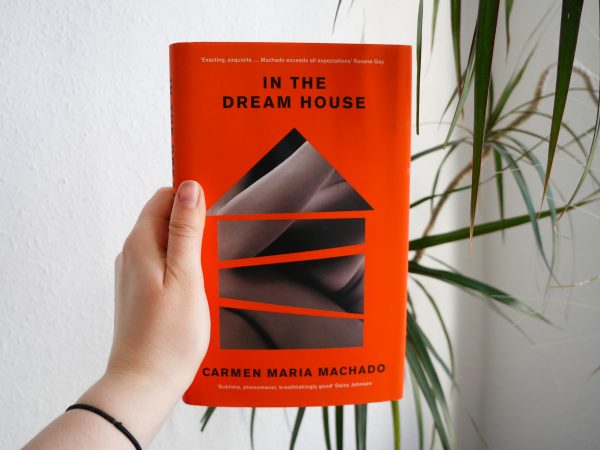

“You drove seven hours to Indiana every other week for a year,” she writes, addressing her younger self, as she does in many of these chapters. She is made vulnerable by her circumstance, her isolation.” But while the Dream House was isolated-far enough from the neighbors that the shouting and weeping and door-slamming and wall-pounding went unheard or at least unremarked upon-Machado did not actually live in this house with her girlfriend for most of their relationship, the two women didn’t even live in the same city. In a chapter titled “ Dream House as World Building,” Machado explains that “a common feature of domestic abuse is ‘dislocation.’ That is to say, the victim has just moved somewhere new, or she’s somewhere where she doesn’t speak the language, or has been otherwise uprooted from her support network, her friends or family, her ability to communicate. Machado exulted in finding her desire reciprocated “without needing to change a single cell” of who she was. For someone who felt that as a “weird fat girl” she was lucky to be loved at all, the relationship was revelatory. The woman became Machado’s first real girlfriend. Carmen Maria Machado’s In the Dream House is the rare exception.Īs she tells it, when Machado was a young creative writing student in the Midwest, she met another writer, a woman, “rail-thin and androgynous,” who goes unnamed in this account, and the two tumbled into a passionate affair. But once written, memoirs don’t typically call much attention to how their authors struggled to tell the tale-the choices considered and rejected, the perspectives adopted and set aside.


Readers expect memoirs to be made of facts, however skillfully those facts are arranged and presented, and facts can be stubbornly uncooperative with our creative designs. Roman Polanski, David Bowie, and a New Solution to the Problem of Art Made by Monstrous MenĮven the most artful memoir lays claim to a certain artlessness. How to Survive a Culling of Fake Historical DocumentsĪ Dishy New History of BuzzFeed and Gawker Leaves Out Half the Story Guess What? This Mystery Story Written by Robots Is Kind of Good!


 0 kommentar(er)
0 kommentar(er)
